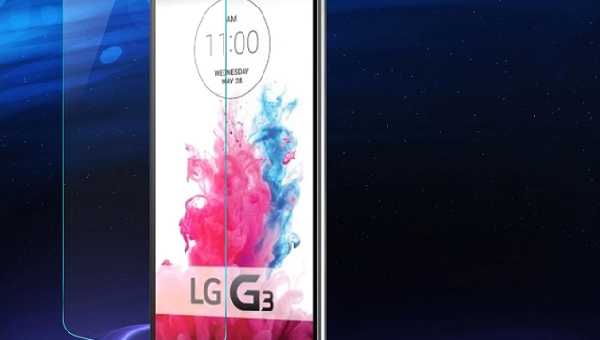Everybody loves Android for its open source nature, but sadly even the OS based on the little green robot comes locked up and unable to use to its fullest potential. Thankfully we can unchain the mobiles by performing an operation known as root access. With the root, we can install custom ROMs, extra apps that give us the ability to achieve things wouldn’t before such as Overclocking the CPU and much more.
Droid developers are talented people, but in this instance the G3 hasn’t been an easy smartphone to get on top of because no one method has the ability to open up and unchained each OS. For that reason, people should know that following this guide is for the LG G3 model numbered D850, D851 and D855 only. In addition to this, if you fail to comply it will result in harsh penalties such as the bricking of the handset. If you need to check if your model number matches, head over to the Settings > About device and verify the number there.

Details of Note
- Do not try to complete this guide for any other model numbered smartphone by the Life’s Good company because it will not work and may cause damage such as soft-bricking the device.
- The steps are simple, but they do require a computer, notebook or laptop with USB slots to download the files on originally.
- Unchaining the OS will void any withstanding warranty remaining on the device while it was running stock firmware. If you were already off stock then it revokes anyway, so there’s nothing to worry about. Taking the applied root off again will do the warranty work once more.
- Stopover at the Develop options menu and enable the USB Debugging Mode before starting. Moreover, make sure you install the up to date LG USB Drivers or else it can result in the smartphone struggling to communicate with the computer properly.
- Even though, the steps are quick we still recommend backing up because it comes with the same precautions as any other. Backup the market apps, contacts, photos, music files, videos, call logs and all sensitive data that is added to the handset after opening it out of the box and settings up your account. It comes with 32 GB of built-in internal storage space that is great to use in cases such as these. It also has the extra 128 GB available via MicroSD, microSDHC or microSDXC storage expansion cards. Pick these cards up from online or the local retailer.
- The guide is for use on Windows-based PCs, Mac OS X and Linux machines. The only difference is you need to pluck out the correct file for each. I will give those tips during the procedure.
- If making copies of your data are proving painful try using the Titanium app or the Helium app available from the Google Play Store. Those of you already on root can take an NANDroid backup instead. The NANDroid is often the preferred method, however, you must have the handset unchained already.
- The G3 comes with a 3000 mAh battery capacity equipped with wireless charging, USB charging and offering 19 hours talk-time. USB charging means that when plugged into the computer, it should charge the battery. However, we are not connected the entire time throughout the steps; therefore, it’s a good idea to save up at least 50% battery charge before starting the instructions.
How To Root LG G3 D850, D851 or D855 with One-Click
1. Download the PurpleDrake-Lite_R03.tar.gz file here.
2. Extract the contents to the desktop of the computer for easy access. If you want to keep the file for another day, then I recommend the C: Drive instead.
– fetch the _windows.bat for Windows OS
– use the _osx.command for Mac
– try the _linux.sh for Linux.
3. Find the USB cable.
– if you cannot see it try looking at the wire connecting the phone charger.
4. Connect one end of the wire to the smartphone and the other to the USB slot in the computer system unit.
5. Run the file of your choice that corresponds to your computer OS and follow the on-screen instructions to finish up.
6. Move the mouse to the “safely remove hardware” icon and stop the USB Mass Storage device properly before disconnecting the handset from the system unit.
That’s all.